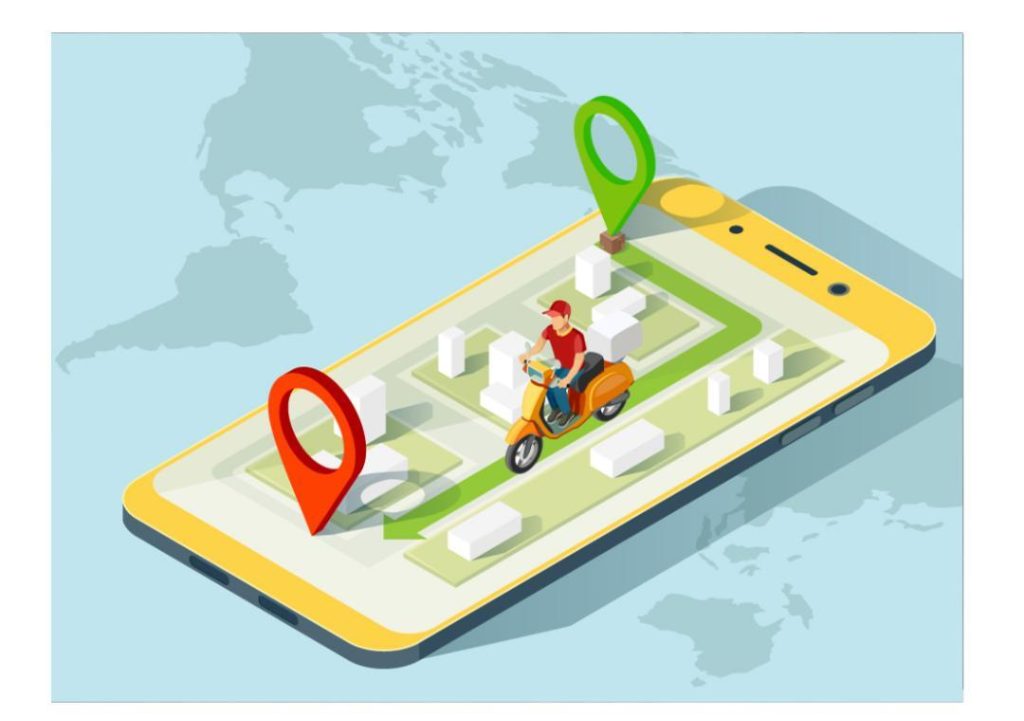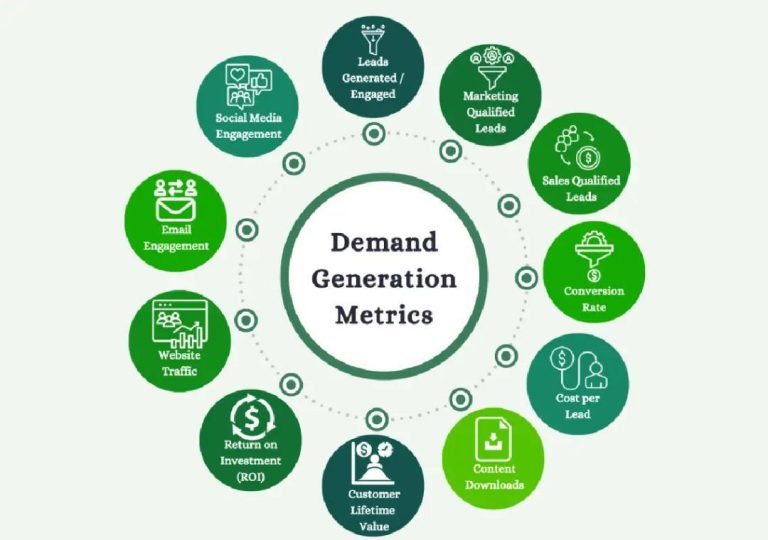
Is Hyperlocal Delivery Reinventing Retail in 2025?
The retail landscape has undergone significant transformations in recent years, driven by the rise of e-commerce, changing consumer behaviors, and the increasing demand for convenience. One of the most promising trends in this space is hyperlocal delivery, which has been gaining traction globally. Hyperlocal delivery connects buyers and sellers within a 5 to 10 km radius, enabling rapid delivery of daily-use products. This model leverages local shops and delivery agents, offering convenience and inclusivity. It’s particularly effective in urban areas, where timely deliveries align with fast-paced lifestyles.
What is Hyperlocal Delivery?
Hyperlocal delivery is a retail model that focuses on delivering products to customers within a specific geographic area, typically within a 5 to 10 km radius. This approach is different from traditional e-commerce, which often relies on central warehouses and long-distance logistics. Hyperlocal delivery instead partners with local shops and delivery agents to provide a faster and more personalized shopping experience.
How Does Hyperlocal Delivery Work?
Here’s a simplified overview of the hyperlocal delivery process:
- Order Placement: Customers place orders through a mobile app, website, or in-store kiosk.
- Order Fulfillment: The hyperlocal delivery platform connects the customer with a local shop that has the required products in stock.
- Delivery: A trained delivery agent picks up the products from the local shop and delivers them to the customer’s doorstep.
- Real-time Tracking: Customers can track their orders in real-time, ensuring they know exactly when their products will arrive.
Benefits of Hyperlocal Delivery
Hyperlocal delivery offers several benefits to both customers and retailers:
Benefits for Customers
- Convenience: Products are delivered to customers’ doorsteps, saving time and effort.
- Speed: Orders are fulfilled quickly, often within the same day or within a few hours.
- Variety: Hyperlocal delivery platforms often partner with multiple local shops, offering customers a wider range of products to choose from.
- Inclusivity: Hyperlocal delivery reaches underserved communities, providing access to products that might not be available through traditional retail channels.
Benefits for Retailers
- Increased Foot Traffic: Hyperlocal delivery platforms drive customers to local shops, increasing foot traffic and potential sales.
- Reduced Inventory Costs: Retailers don’t need to hold large inventories, as products are fulfilled on demand.
- Improved Customer Insights: Hyperlocal delivery platforms provide retailers with valuable customer data, helping them refine their product offerings and marketing strategies.
- Enhanced Customer Experience: Hyperlocal delivery offers a personalized shopping experience, building brand loyalty and encouraging repeat business.
Challenges and Opportunities
While hyperlocal delivery has many benefits, there are also challenges and opportunities to consider:
Challenges
- Logistics and Operations: Managing the logistics of hyperlocal delivery can be complex, requiring significant investments in technology, infrastructure, and personnel.
- Scalability: Hyperlocal delivery platforms need to balance the need for scalability with the importance of personalized customer service.
- Competition: The hyperlocal delivery market is becoming increasingly competitive, with multiple players vying for market share.
Opportunities
- Partnerships and Collaborations: Hyperlocal delivery platforms can partner with local businesses, governments, and community organizations to drive growth and innovation.
- Innovative Technologies: The use of AI, machine learning, and data analytics can help optimize the hyperlocal delivery process, improving efficiency and customer satisfaction.
- Sustainability: Hyperlocal delivery can reduce carbon emissions by minimizing transportation distances and promoting local, sustainable business practices.
What’s Next for Hyperlocal Delivery in 2025?
As we look to the future, it’s clear that hyperlocal delivery will continue to play a significant role in shaping the retail landscape. Here are a few predictions for what’s next:
- Increased Adoption: Hyperlocal delivery will become more mainstream, with more retailers and consumers embracing this convenient and sustainable shopping experience.
- Improved Technology: Advances in AI, machine learning, and data analytics will continue to optimize the hyperlocal delivery process, improving efficiency and customer satisfaction.
- Expanded Services: Hyperlocal delivery platforms will expand their services to include new products, services, and features, such as same-day delivery, subscription services, and personalized recommendations.
- Regulatory Frameworks: Governments will establish regulatory frameworks to govern the hyperlocal delivery industry, ensuring fair competition, consumer protection, and environmental sustainability.
Conclusion
Hyperlocal delivery is revolutionizing the retail landscape, offering a convenient, personalized, and sustainable shopping experience. By leveraging local shops and delivery agents, hyperlocal delivery platforms are providing customers with faster and more inclusive access to the products they need. As we look to the future, it’s clear that hyperlocal delivery will continue to play a significant role in shaping the retail landscape, driving growth, innovation, and sustainability.
Source: https://www.growthjockey.com/blogs/hyperlocal-delivery






